Using Fight Club to Understand Moral Judgement
This piece is meant to be an overview of major concepts and frameworks in moral psychology for those who have seen or read Fight Club.
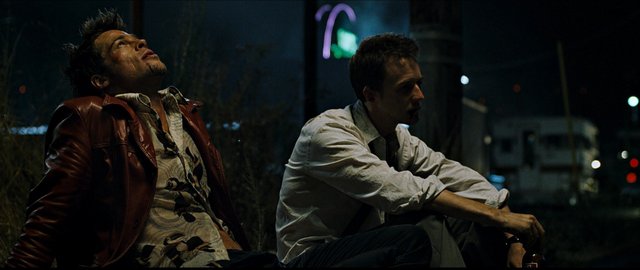
Movie still taken from here
Chuck Palahniuk’s cult classic Fight Club, along with its film adaption of the same title directed by David Fincher, is a commentary on the emasculation and anesthetization of middleclass salarymen by a culture of advertising and hyper consumerism. Aside from exploring the morality behind the violence and anarchy as a means of liberation, Fight Club does not directly grapple with the topics of morality and the psychology of moral judgments. However, a literary analysis contrasting the two main characters, the unnamed narrator & Tyler Durden, yield interesting points about these topics in support of or by complicating current moral judgement frameworks in the field of moral psychology. I will talk about four. (To avoid overloading this piece with copious detail of every moral psychology concept and framework referenced, I have embedded videos and links to additional reading for those interested in anything in particular.)
“People do it every day, they talk to themselves… they see themselves as they’d like to be, they don’t have the courage you have, to just run with it.”
First, a dual process theory of morality can be derived from contrasting the two main characters. Dual process theory is a model developed by Greene et al. that builds on Kahneman’s two systems model of decision making, to reconcile the more deliberative reasoning based moral processing suggested in the onset of the field, with the more recent and heralded intuition based moral processing introduced by Haidt. Greene et al. found that different moral dilemmas engage emotional processing differently, which in turn influences the type of moral judgement process used.Moral emotion, epitomized by Tyler Durden, leads to an impulsive, active response while moral reason, as represented by the narrator, leads to inaction. This supports Haidt’s model of moral emotions as having action tendencies such as moral disgust provoking removal of self from the stimulus or moral anger provoking confrontation and justice-seeking. Additionally, the other extreme of moral reasoning, as embodied by the narrator, illustrates how heavy and prolonged mitigation leads to the impossibility of making a judgement in complex situations.
A simplified depiction of the dual process theory from Kathy Goeschel’s blogpost
“I’ll bring us through this. As always. I’ll carry you — kicking and screaming — and in the end you’ll thank me.”
Second, emotion is the dominant process in moral judgement under the guise of reason through its invisibility, similarly captured in Haidt’s social intuitionist model. Haidt’s model suggests that emotion dictates our moral judgement, and subsequent reasoning is just a post-hoc justification for the already determined judgement. Tyler’s instructions to the narrator to prevent himself from being exposed as a dissociated personality is demonstrated in telling the narrator not to talk to Martha about him, and further elements of secrecy is captured by the not revealing what happens in Fight Club and Project Mayhem. Moral emotional processes seem to be evolutionarily, or minimally, biologically, rooted, and result in occurrences like moral dumfounding, in which people might hold strong moral stances that do not seem to be explainable, such as moral disgust over eating dogs, or moral anger at the tearing up of a country’s flag.
A short video explaining and providing examples of moral dumbfounding
“Now why would you want to go and blow your head off?” “Not my head, Tyler, our head.”
Third, once the influence of emotion is revealed in the moral judgement process, illustrated by the narrator discovering that he is the same physical person as Tyler and his sleep or state of unconscious is Tyler’s consciousness, reason is able to reclaim control of it. The narrator ultimately kills Tyler, through the realization that the gun pointed at him was controlled by himself, suggesting that reason is able to overpower emotion, but also not before emotion has exerted its control and done its irreversible damage, illustrated by the narrator’s inability to reverse the demolition of the credit card towers. This captures the post-hoc node in Haidt’s social intuitionist model, and the difficulty in reversing judgement when unaware of the emotional source backing it. Once we do so, we are able to use reason as the primary guide for our judgements. When trying to disarm a car bomb, the narrator claims he knows how to do it because Tyler does, but Tyler replies that maybe he was envisioning the wrong wires for days if he didn’t want the narrator to know. This demonstrates that moral emotion still has influence even when one believes to be purely exercising moral reasoning.
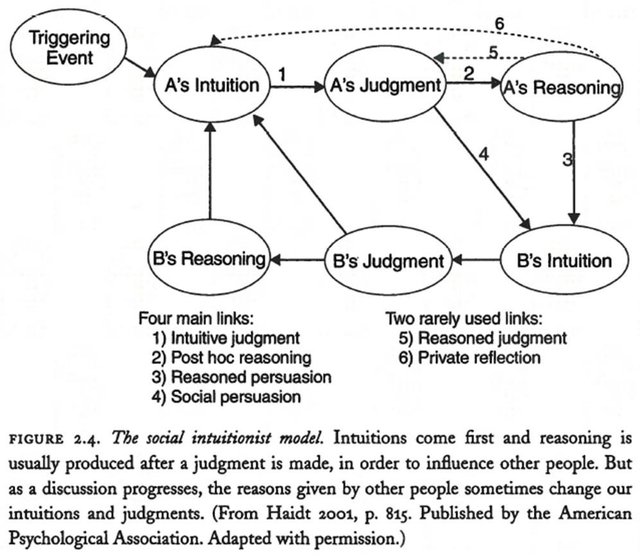
While intuitions are the primary influence on moral judgments, Haidt’s model suggests that reason can later attempt to dispel the initial conclusions made by them as well for both oneself and others
“[Tyler] can deal with the concepts of our lives in an idealistic fashion, but it doesn’t have anything to do with the compromises of real life as modern man knows it. Which is: You’re not really necessary to a lot of what’s going on. It’s built, it just needs to run now.”
The ending unites the two faculties as necessary for an improved, functioning moral judgement process. While emotion leads to a confrontation of the culture of emasculation in mechanically capitalistic society of bureaucratized salarymen, the narrator decides it is not the best way to seek liberation, as this rashness leads to a disregard for human life, and another form of obedient proletariat servitude, just to an animalistic cult that is Fight Club and Project Mayhem instead. While Tyler is who the narrator wants to be, the narrator recognizes that Tyler lacks empathy, illustrating the asymmetry in moral emotions. While the narrator wants to escape the paralysis of over-reasoning, emotionally-fueled actions seem to only be destructive. Regarding moral emotions, there seems to be a negativity bias in which emotions seem more prevalent and are studied. For instance, there are a wealth of studies on moral anger, but only a handful for moral elevation. Furthermore, this reading of the ending interestingly reverses the linkage of utilitarianism to reason and deontology to emotion as suggested by Greene’s research on the dual process theory, as reason put a stop to the more utilitarian solution of leveling financial hubs. This suggests the link between moral approaches and moral process might not be so straightforward. Issues with the dual process theory are also discussed here, and here, with Greene et al. responding here.
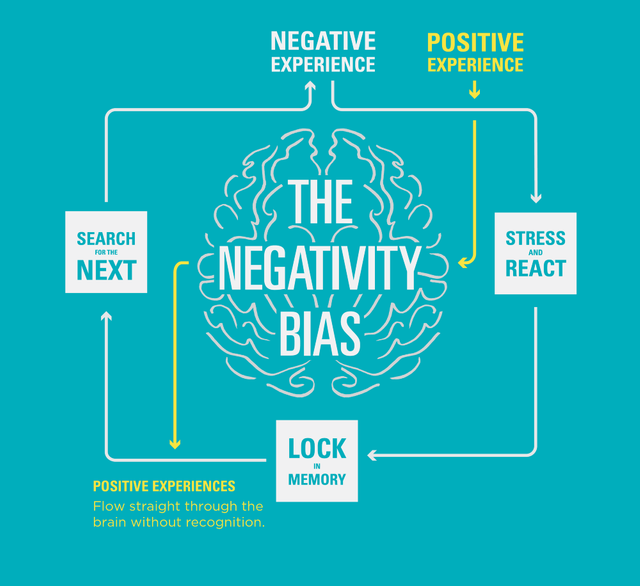
An infographic of the negativity bias taken from here explaining why negative emotions and events have more weight than positive ones
At the end of the day, there is still much disagreement and uncertainty about how exactly our moral judgement process works, as there are likely many components involved, from evolution and our biology to historical and sociocultural trends, and many ways in which they interact. I hope this has been an interesting way to introduce or revisit moral psychology frameworks or moral judgments for those who have seen or read Fight Club.
Special thanks to my professor Dr. Nina Powell, one of a few researchers in the relatively unexplored arena of moral psychology, for the introduction to the field. This article is also cross published on Medium and LinkedIn.
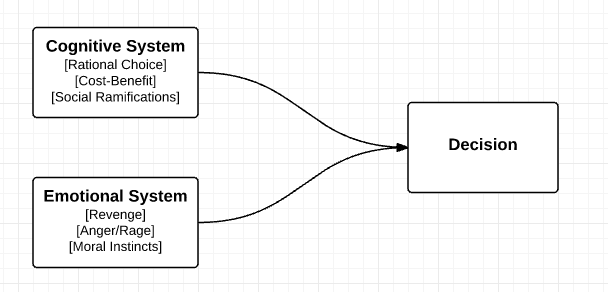
Vary nice post about cognitive and emotional behaviour system in human being.
Congratulations! This post has been upvoted from the communal account, @minnowsupport, by jslim from the Minnow Support Project. It's a witness project run by aggroed, ausbitbank, teamsteem, theprophet0, someguy123, neoxian, followbtcnews/crimsonclad, and netuoso. The goal is to help Steemit grow by supporting Minnows and creating a social network. Please find us in the Peace, Abundance, and Liberty Network (PALnet) Discord Channel. It's a completely public and open space to all members of the Steemit community who voluntarily choose to be there.
This post has received a 0.78 % upvote from @drotto thanks to: @banjo.
This post was resteemed by @Attilaloe free resteem service
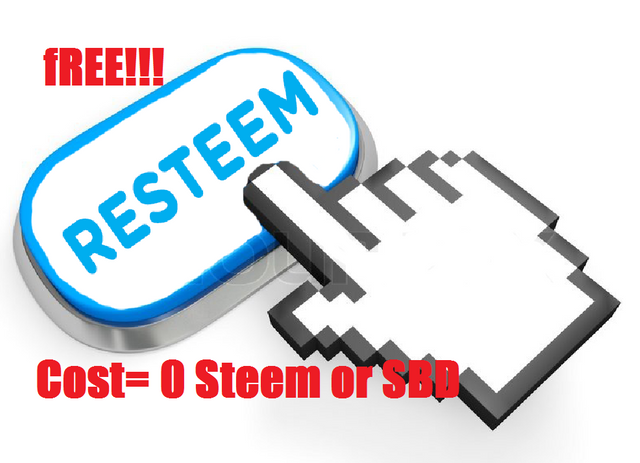
for newbies
more informations Click here!